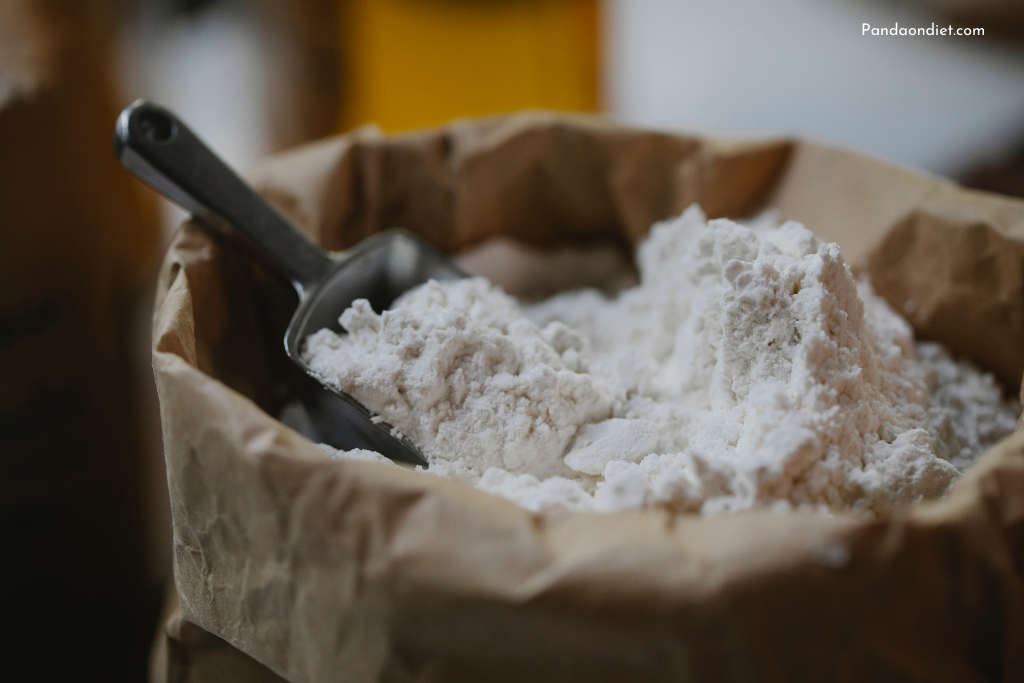Know the Health Benefits of Whole Wheat & Healthy/Unhealthy Flours For Diabetics
The key to excellent health is to take care of what you consume daily. People with diabetes must maintain track of their diet. People frequently need clarification on the variety of healthy eating options. One popular question from people with diabetes is if wheat flour chapati is healthy.
Yes. You might have heard myths and misconceptions about whole wheat that people with diabetes should avoid because it raises blood glucose levels. But what if I tell you that you can eat it without worrying about spikes in sugar levels, you will find yourself at ease.
Whole wheat is a staple food in Pakistan and India, so it takes a lot of work to remove it from your diet plan immediately. I will explain how to add this whole wheat to your meal plans and its health benefits for diabetic patients in this article.
Read | Can Diabetics Eat Popcorn
Prefer Whole Wheat Flour Over Processed Wheat Flour
The glycemic index of whole wheat is 30 when the kernel is intact. But still, the glycemic index of wheat flour rises to 70 during the milling process. This is harmful to diabetics since it significantly raises postprandial blood glucose levels.
Furthermore, with its exterior shell intact, whole wheat contains a high concentration of vitamins, antioxidants, and nutritional fiber. As a result, if you wish to consume wheat, choose whole-grain varieties.
Health Benefits of Whole Wheat Flour
There are lots of health benefits of Wheat flour; lets here discuss one by one:
- Its outer layer is intact, and its fiber content is also high to meet daily requirements and prevent constipation.
- It has a medium glycemic index, which means it will help to reduce blood sugar spikes. Compared to dal or sabzi, chapatis is the best energy source in your diet.
- Using 2-3 whole wheat chapatis in a meal helps to increase protein levels.
- Because of its high fiber content, it aids in heart health by controlling cholesterol levels.
- It helps in weight management. Its fiber slows stomach emptying, which reduces appetite and helps to manage body weight.
- It also contains vitamins and minerals like B vitamins, selenium, manganese, copper, phosphorus, and folate.
- Before eating whole wheat chapatis, one thing to remember is that the portion size should be enough. Increasing portion size can increase total calories and carbs, resulting in weight gain.
- You can easily include 2 thin whole wheat chapatis and plenty of veggies, dal, and salads. Make sure that your food contains all of the necessary nutrients.
Read | What Fruits Can a Diabetic Eat
Other Diabetic Friendly Flours
Did you know you can make your chapatis much healthier and more delicious? You may add flour to control your blood glucose while also adding flavor and nutrition.
Here are several flours that may be used with whole wheat flour to make more nutritious chapatis and have better diabetes management.
- Oats Bran Flour
Oats bran flour has recently gained popularity and is recognized for lowering blood sugar levels. Its advantages include:
- Iron, zinc, magnesium, potassium, phosphorus, and vitamins B1 and B2 are all in oat flour.
- Its fiber content aids in the prevention of constipation and the reduction of weight in obese persons.
- Its high antioxidant concentration contributes to a reduction in cancer.
- Besan Flour
Besan is a commonly accessible and widely used flour. Its advantages include:
- It contains fewer calories and is a good source of protein.
- It’s quite filling because of the high fiber and protein content.
- Other minerals like iron, phosphorus, magnesium, vitamin B12, and folate are also present.
- Chickpea Flour
This flour can be added to wheat flour to get more benefits. You can also use it as a substitute for another type of flour.
- Its protein content is high, which may aid in the prevention of insulin resistance, a disease in which your body’s capacity to manage blood sugar levels is impaired.
- It has a rich, nutty flavor that works well in sweet and savory foods like cakes, flatbreads, pancakes, and cookies.
- It also has a naturally solid texture and strong binding characteristics, making it an excellent vegan and gluten-free wheat flour alternative.
- Almond Flour
It is a great gluten-free substitute for regular flour. It has the following benefits.
- It has a low glycemic index due to its low carbohydrate content and substantial protein, fiber, and heart-healthy fats.
- It has a mild, nutty flavor and can be used instead of wheat flour in various dishes, including muffins, cookies, bread, and biscuits.
- But, because it is gluten-free, it may give dishes a thicker texture. Gluten is the protein that gives dough elasticity and helps baked goods rise (3Trusted Source).
Read | Best Foods For Diabetics
Worst Type of Flours For Diabetics
Although there are various flour options for diabetics, there is a particular one that you may need to use rarely. These flours are heavy in carbs but lack fiber, protein, and heart-healthy lipids. As a result, they may produce blood sugar spikes.
These are a few flours you should use less frequently:
- White Flour
Maidas have a glycemic index of 70. This means that after eating a maida, your blood sugar level will spike significantly for roughly 30 minutes.
- Foods having a high glycemic index cause a quick rise in blood sugar levels after consumption. They typically consist of processed meals such as white bread, spaghetti, potatoes, rice, and sugary drinks.
- These foods quickly elevate blood glucose levels, prompting an increase in insulin synthesis and, as a result, a drop in blood sugar levels. Insulin is a hormone that aids in the regulation of blood sugar levels. Diabetes can develop when insulin levels are too low or too high.
- All-purpose Flour
All-purpose flour and corn flour should be avoided.
- They are heavy in carbohydrates and low in fiber and beneficial fats. As a result, they can cause a spike in your blood sugar levels.
- People with diabetes should avoid Cornflour since it is high in carbohydrates and has a high glycemic index.
- Cake Flour
It is milled from soft wheat flour, which is high in calories, carbohydrates, and fats,
- People with diabetes should avoid flours low in fiber, high in carbohydrates, and low in healthy fats, like this cake flour.
- Its protein content is also very low (3-6%).
Read | Can Diabetics Eat Zucchini
Can A Diabetic Eat Whole-Wheat Bread/Chapati?
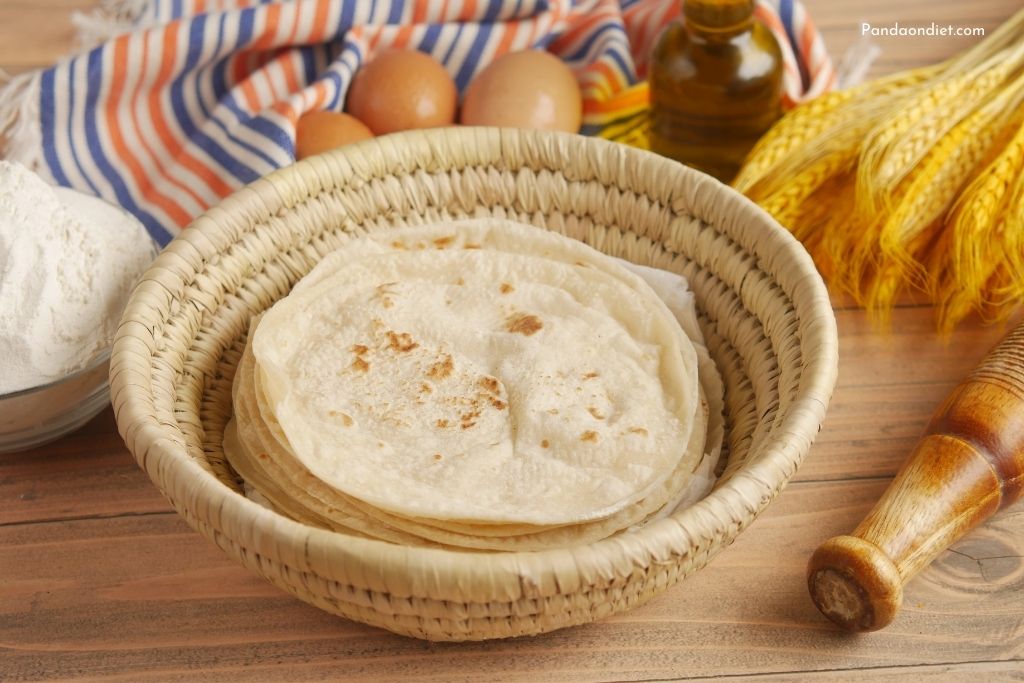
People are obsessed with roti and chapati. Wheat chapati and pulkas, like rice, are basic foods for many and are firmly rooted in our culture. Even if we counsel patients to avoid rice and wheat because they are diabetes-related foods, it may have zero effect. This is due to people’s inability to adapt to such a sudden change. In such cases, moderation is essential.
Suppose you do not have a gluten allergy. In that case, you can eat whole wheat bread, as one study was conducted that concluded that fiber reduces the risk of cardiovascular disease, reduce cholesterol, and helps in weight management; you can eat wheat chapatis in moderation, but consult your diabetic doctor about portion size based on age, diabetes control, carbohydrate demand based on lifestyle, and other health parameters.
Can Diabetics Eat Whole-Wheat Pasta?

Yes, because It is high in -fiber and low in calories. Fiber delays the conversion of carbohydrates into glucose and stabilizes blood glucose levels. It also enhances intestinal health and reduces your chances of developing heart disease. It suppresses your appetite; it doesn’t cause obesity. Pasta provides vitamins that are necessary for numerous biological activities.
Whole wheat pasta helps to reduce blood sugar levels and aids in healthy weight management. The fiber also aids digestion and lowers the risk of high cholesterol-related cardiac problems. It also reduces the risk of having a stroke.
Can Diabetics Eat Whole Wheat Bagels?
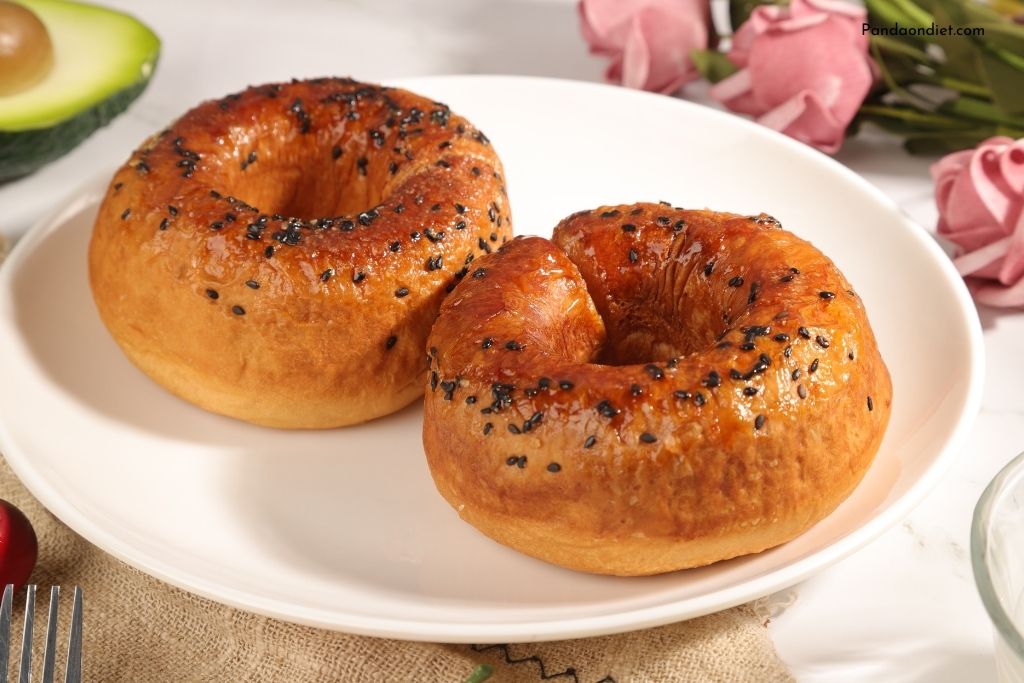
Bagels cannot be completely healthy because all grains are starchy. So the idea is to combine bagels with other nutritious foods with relatively few carbohydrates. Include non-starchy vegetables, fruits, and protein-rich foods into the mix.
Whole grain bagels are by far the healthiest and are also surprisingly delightful nutrient-dense foods. Whole grains, for example, are high in vitamins, fiber, minerals, and plant components that refined grains lack. These nutrient-dense compounds help stabilize blood sugar, strengthen body tissues, and promote digestion.
Many studies suggest that eating up to three servings of whole grains daily will help minimize a person’s sensitivity to heart disease, numerous types of cancer, type 2 diabetes, and most cardiovascular disorders.
These advantages are available in meals such as whole-grain bread and whole-grain bagels. Choose whole-grain bagels made from oats, rye, or whole wheat.
Can Diabetics Eat Whole Wheat Crackers?
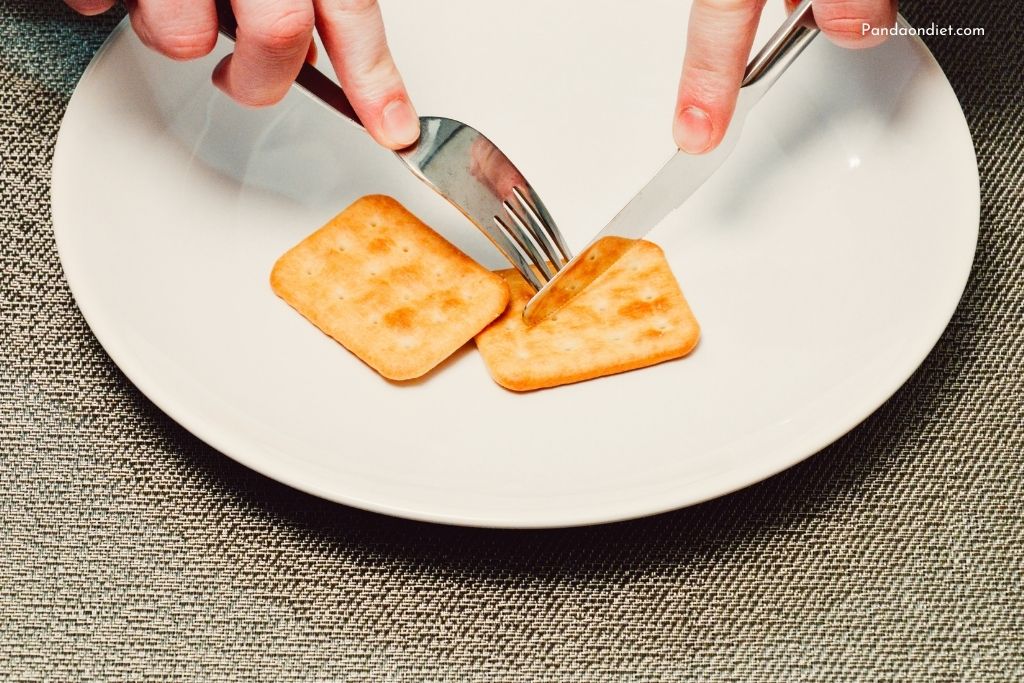
Whole-wheat and whole-grain crackers have a lower glycemic index than white versions, indicating a reduced impact on blood glucose levels.
Protein is provided by cheese, while whole-wheat crackers provide fiber. Although crackers can be heavy in carbs, the fat in cheese and fiber in the crackers may assist in preventing blood sugar from increasing. Choose a low-fat, unprocessed cheese.
Can Diabetics Eat Whole-Wheat English Muffins?
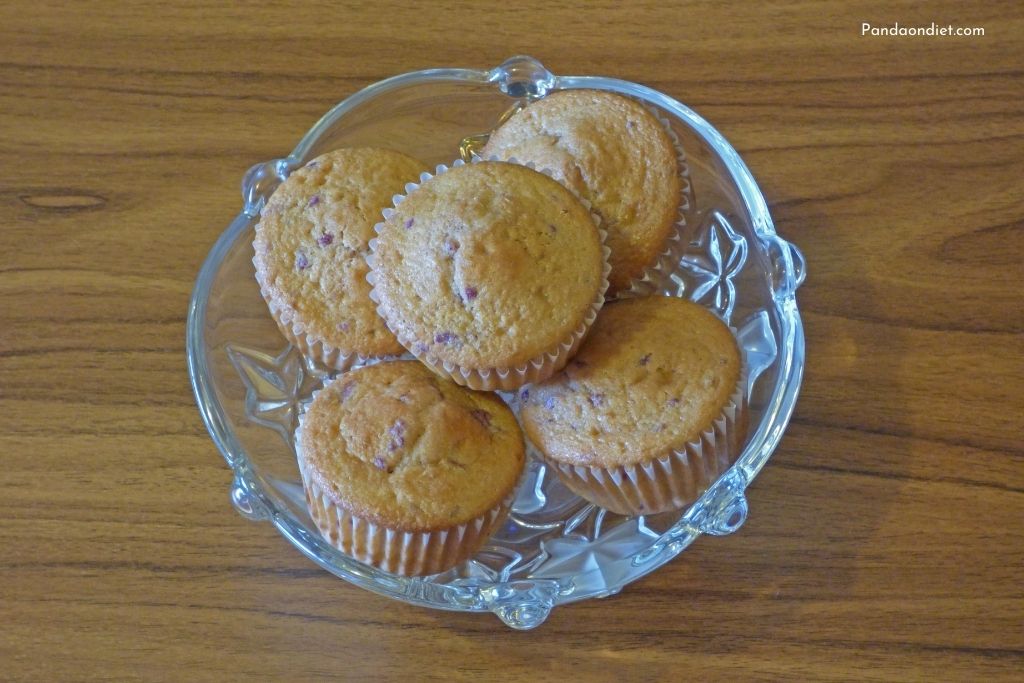
People with diabetes can eat whole wheat muffins because they are abundant in calcium, magnesium, phosphorus, and selenium. Wholewheat English muffins have a greater fiber content. These muffins, such as manganese and riboflavin, are higher in nutrients than normal muffins. Because typical English muffins can trigger blood sugar spikes, opt for whole wheat for a nutritious muffin top with healthy ingredients like eggs, avocados, or hummus.
Can Diabetics Eat Whole Wheat Waffles?
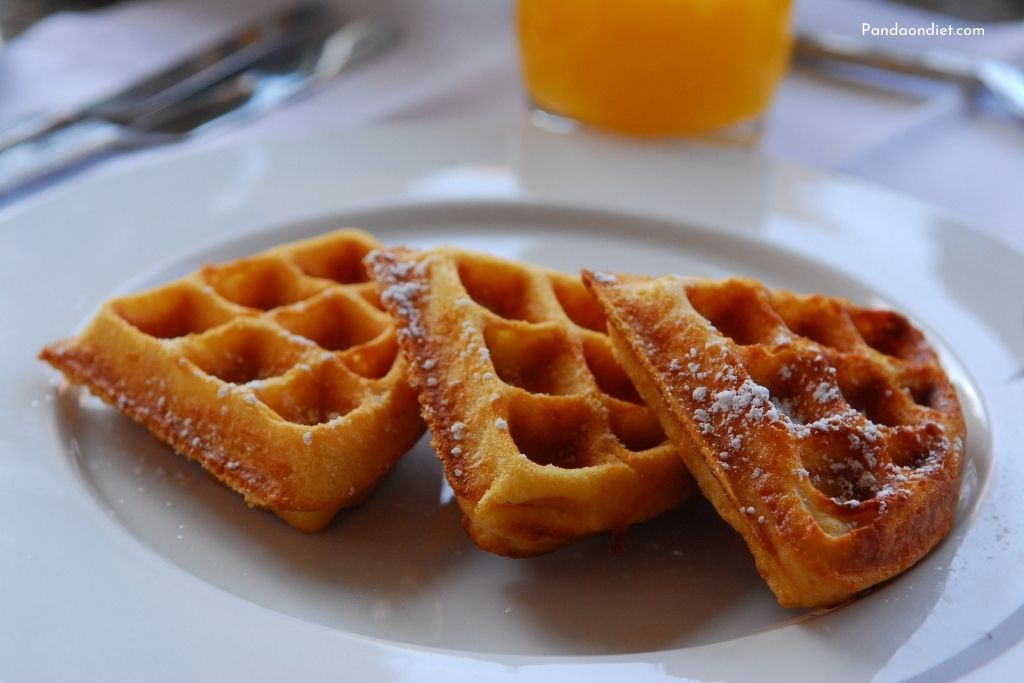
Waffles are so popular in America that Waffle House serves 145 waffles every minute. But, because waffles are a morning staple for many Americans does not mean they are healthy. And, if you have diabetes and wondering whether you include them in your morning meal?
The answer is yes. You can enjoy whole wheat waffles with a few modifications by Swappings rich toppings like butter and syrup (and any other sugary items you usually use) with fruit like strawberries or blueberries. Instead of eggs, use flax eggs — a mix of flaxseed and water.
FAQs:
Is Multigrain Flour Good For Diabetes?
In general, multigrain atta is an excellent choice for people with diabetes since it contains a lot of dietary fiber, complex carbs, and antioxidants. It has a low glycemic index and will not cause blood sugar levels to rise. There are gluten-free and whole-grain multigrain atta options available.
How to Make Diabetic Atta at Home?
Mix whole grains, such as finger millets, millets (bajra), barley (jau), soya beans, sorghum (jowar), amarnth grains, besan, and chickpea flour ( kabuli chana), and your perfect diabetes-friendly flour is ready.
Can a Diabetic Eat 2 Slices of Wheat Bread?
Choose one slice which has 15 grams of carbohydrates. People with diabetes can eat bread if it fits within their meal plan or carbohydrate counting allowance.
Which Bread Has the Lowest Sugar?
Even when prepared with white flour, sourdough contains less sugar. The GI of both light and dark rye bread is low. When feasible, buy fresh from the bakery rather than from the store. Even “healthy” multigrain bread might have high sugar content.
Final Words
In this article, I stated the benefits of whole wheat flour and the best flour options for you. I have also enlisted a few flours that a person with diabetes should avoid. There are numerous diabetes-friendly flour varieties that you may easily use in your favorite recipes. Look for flours that are low in carbs but abundant in fiber, protein, or heart-healthy fats.
Related Articles:

